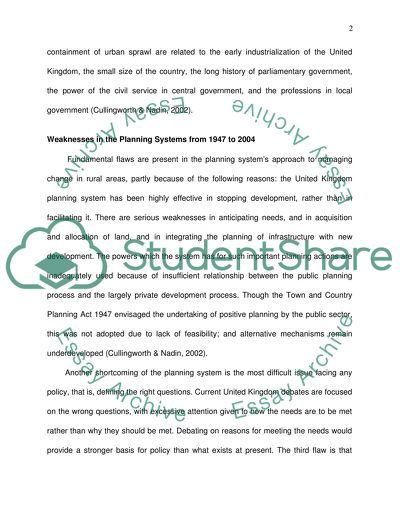Cite this document
(The United Kingdom Land Use Planning System Case Study, n.d.)
The United Kingdom Land Use Planning System Case Study. https://studentshare.org/law/1554050-the-planning-systems-approach-to-managing-change-in-rural-areas-is-fundamentally-flawed-discuss
The United Kingdom Land Use Planning System Case Study. https://studentshare.org/law/1554050-the-planning-systems-approach-to-managing-change-in-rural-areas-is-fundamentally-flawed-discuss
(The United Kingdom Land Use Planning System Case Study)
The United Kingdom Land Use Planning System Case Study. https://studentshare.org/law/1554050-the-planning-systems-approach-to-managing-change-in-rural-areas-is-fundamentally-flawed-discuss.
The United Kingdom Land Use Planning System Case Study. https://studentshare.org/law/1554050-the-planning-systems-approach-to-managing-change-in-rural-areas-is-fundamentally-flawed-discuss.
“The United Kingdom Land Use Planning System Case Study”. https://studentshare.org/law/1554050-the-planning-systems-approach-to-managing-change-in-rural-areas-is-fundamentally-flawed-discuss.


